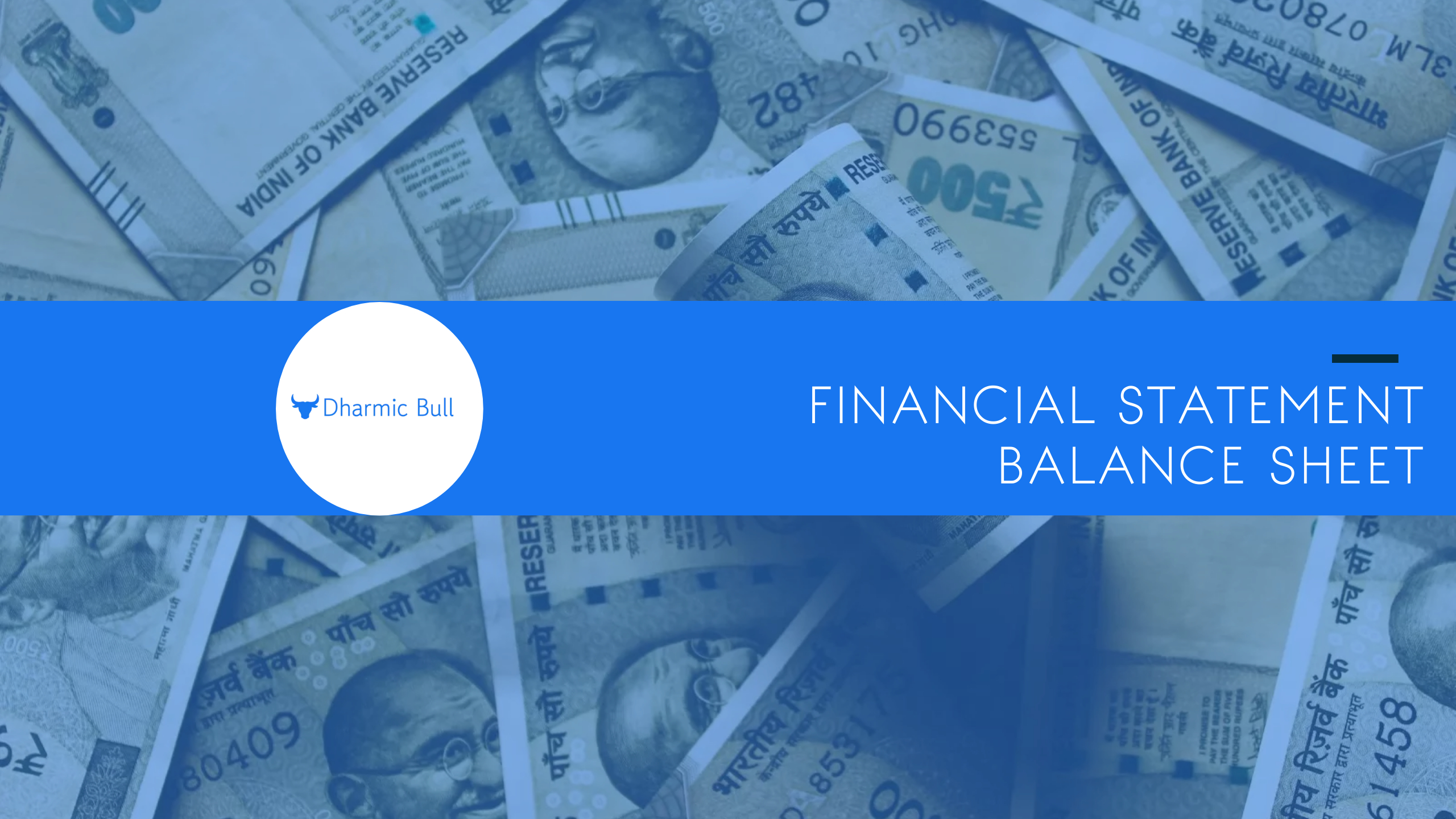
Analysing a balance sheet is a major aspect of financial analysis and understanding if the company is fundamentally strong or not. It gives us a snapshot of the company at a specific point in time. Analysing a Balance sheet helps in:
-
Assessing the Company’s Financial Health: The balance sheet helps investors to evaluate a company’s financial health by looking at its assets and liabilities.
-
Understanding the Company’s Capital Structure: The balance sheet helps investors to understand the company’s capital structure, including the mix of debt and equity. A company with high debt levels may be riskier than a company with low debt levels.
-
Analyzing the Company’s Liquidity: The balance sheet helps investors to assess a company’s liquidity by looking at its current assets and liabilities. A company with a high level of current assets relative to current liabilities may be better positioned to meet its short-term obligations.
-
Identifying Trends: Investors can use the balance sheet to identify trends in a company’s financial position over time. For example, if a company’s debt levels have been increasing rapidly over the past few years, it may be a cause for concern.
-
Comparing Companies: The balance sheet allows investors to compare the financial position of different companies. Investors can use this information to identify companies that are better positioned to weather economic downturns or capitalize on growth opportunities.

It contains the total assets and total liabilities of the company as on date. Both must match. In the Assets column, we have Long Term Assets, Current Assets, and Intangible assets. Long term assets are plant & machinery, land, and building (all net of depreciation). Current Assets are cash & cash equivalents, accounts receivables, inventory, prepaid expenses, short term investments. Intangible assets are patents, goodwill, trademark etc.
In the Liabilities side, current liabilities include short term debt, taxes payable, accounts payable, deferred revenues etc. Long term liabilities could be long term loans. Additionally, there is a section called the Shareholder’s Equity which includes Equity Capital and Retained Earnings or General Reserve.
The basic insight that as an investor you need to derive from studying a company’s balance sheet is how financially strong is the company and is this strength increasing or decreasing. This can be gauged by studying previous years’ statements and comparing the same over years. Financially strong growing companies have low levels of liabilities and higher levels of assets. They have strong cash reserves. If the company’s retaining earnings is growing faster than its liabilities that’s a great sign. Another engine of growth which can be checked is growth in the company’s fixed assets – this is especially true for manufacturing firms.
To read more about analysing financial statements: Profit & Loss Statement and Cash Flow Statement. I have also shared a few analysis of these statements in the blog Analysing A Few Financial Statements. Happy Reading

Leave a Reply